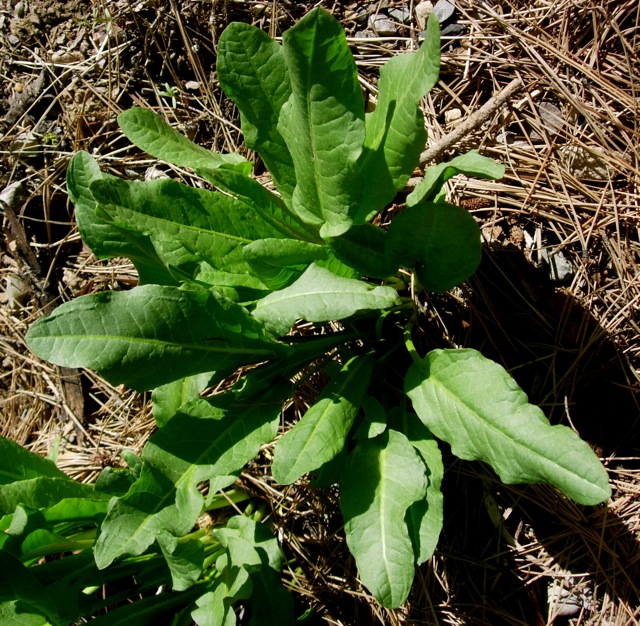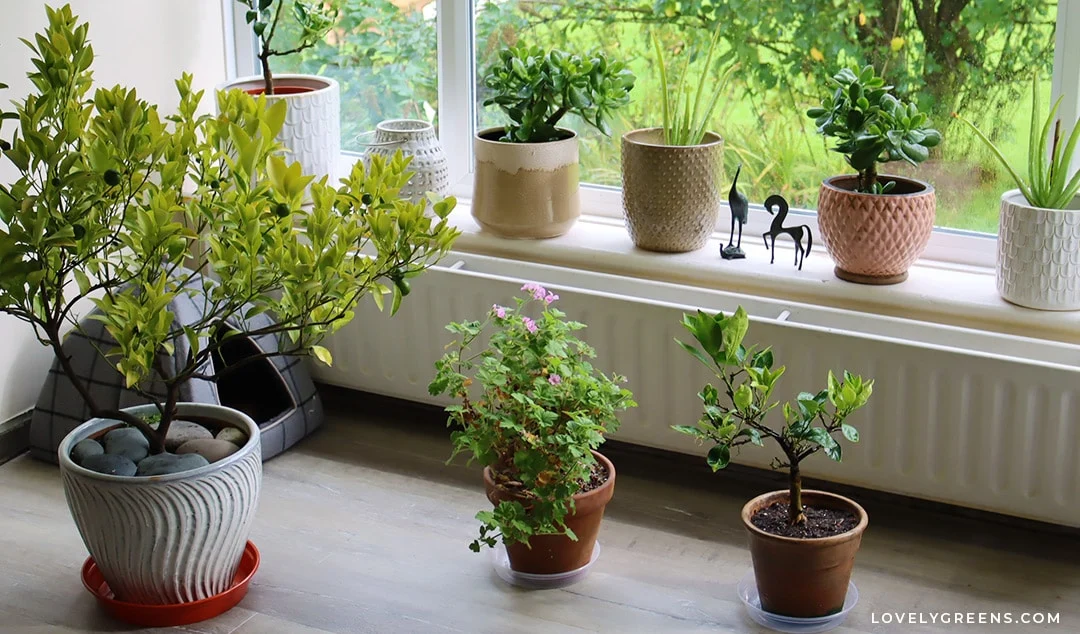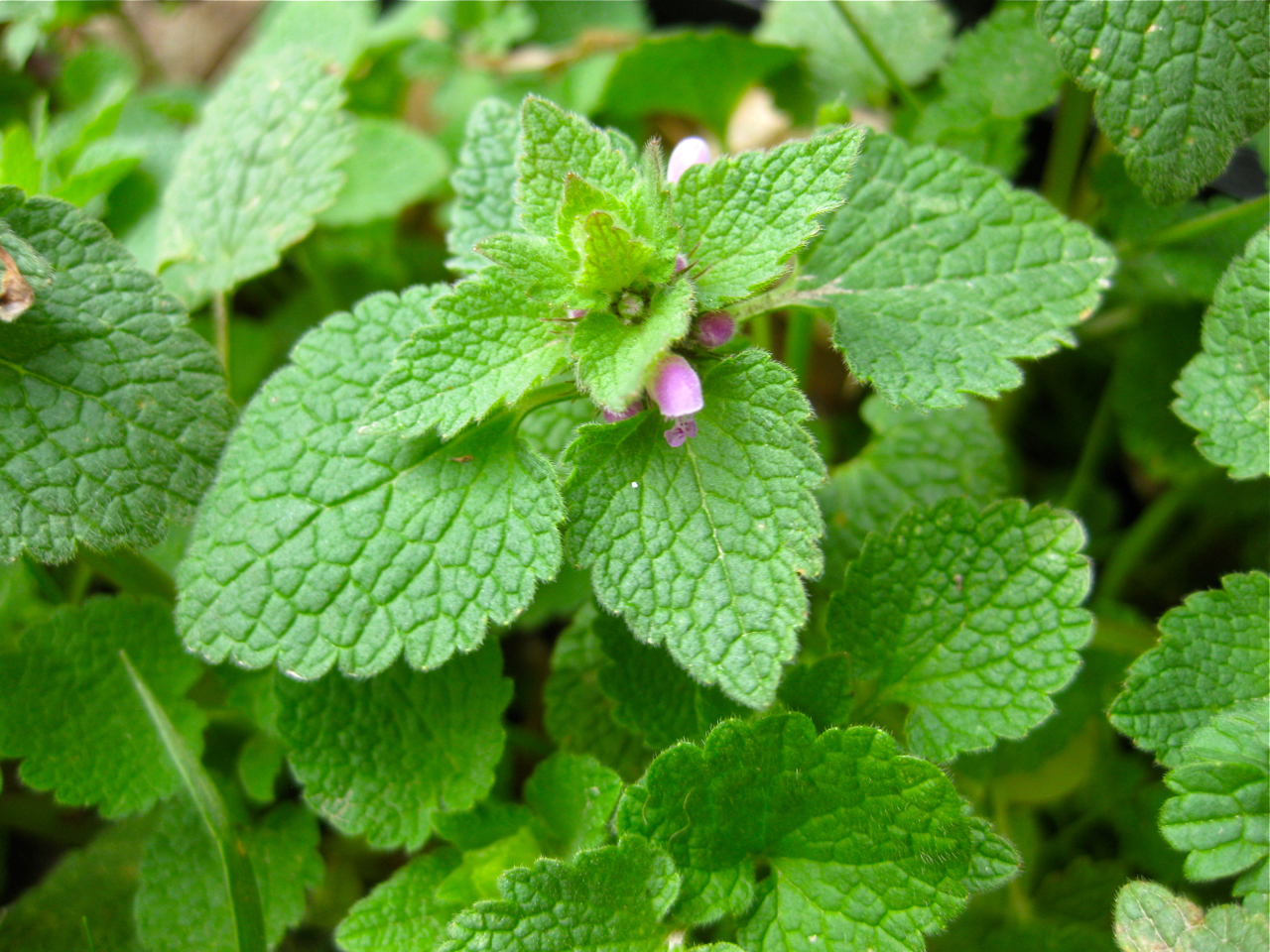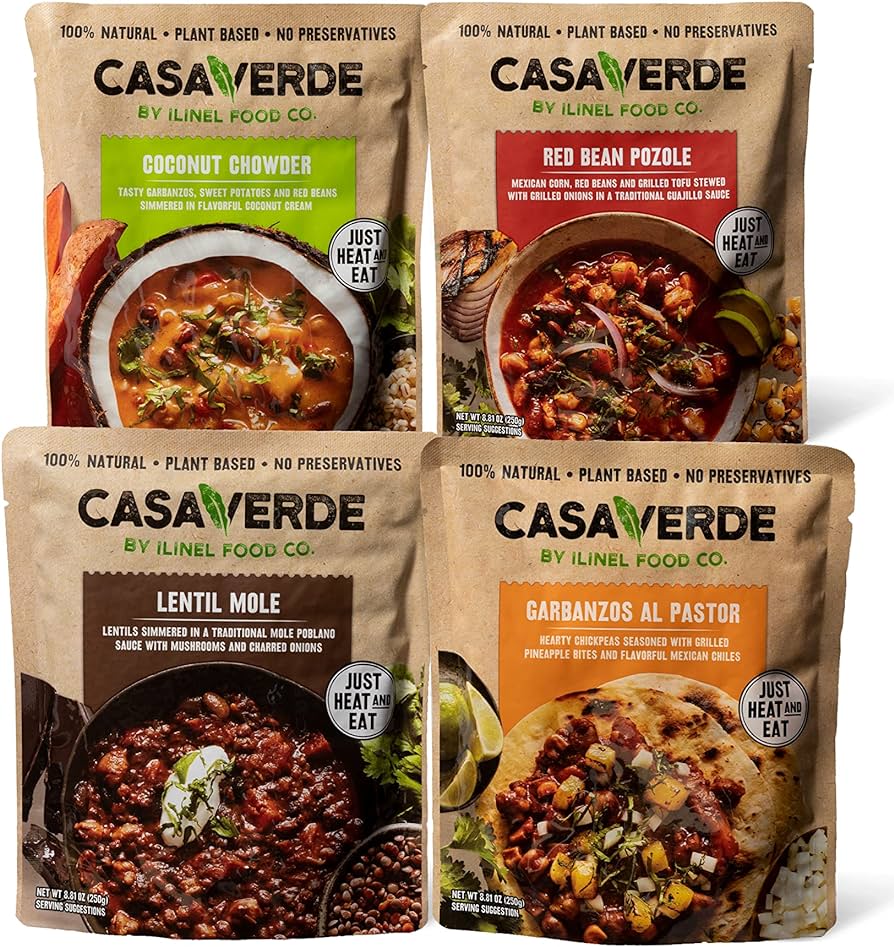To grow vegetables at home rooftop in pots, choose a sunny spot, use a good quality potting mix, and water regularly. With these steps, you can enjoy fresh produce right at your doorstep.
Rooftop gardening has become increasingly popular in urban areas due to limited space and the desire to grow organic, homegrown vegetables. By utilizing pots and containers, you can create a thriving vegetable garden on your rooftop. Not only does it provide easy accessibility, but it also adds a touch of greenery to an otherwise unused space.
Whether you have a small or large rooftop, growing vegetables in pots requires careful planning and maintenance. We will explore the steps to successfully grow vegetables at home rooftop in pots.
Benefits Of Rooftop Vegetable Gardening
Elevate your gardening experience by growing fresh vegetables on your rooftop in pots. Rooftop vegetable gardening offers numerous benefits, such as maximizing space, improving air quality, and providing easy access to healthy, homegrown produce. Enjoy the convenience and sustainability of growing your own vegetables right at home.
Rooftop vegetable gardening offers a plethora of advantages that make it an attractive option for urban dwellers. Not only does it provide easy access to fresh produce, but it also allows for the efficient utilization of unused space. By incorporating a rooftop vegetable garden, you can enjoy garden-fresh vegetables right at your doorstep while making the most of the available area. Let’s delve into the specific benefits in more detail:
Access To Fresh Produce
Having a rooftop vegetable garden grants you the luxury of easy access to fresh and organic produce. Instead of relying on store-bought vegetables that may have been sitting for days or even weeks, you can simply step out onto your rooftop and pick the vegetables you require for your meal. This means you can enjoy the vibrant flavors and nutrient-packed goodness of homegrown vegetables at their peak freshness.
Utilization Of Unused Space
One of the significant advantages of rooftop vegetable gardening is the opportunity to utilize otherwise underutilized space. Many urban dwellers have limited access to land for traditional gardening, but rooftops often offer the perfect solution. By transforming your rooftop into a fertile garden, you can maximize the use of this available space, regardless of its size. This efficient utilization of previously unused areas enables you to make the most of your living environment and contribute to a greener and healthier city.
:max_bytes(150000):strip_icc()/young-woman-is-gardening-on-her-urban-rooftop-960377906-5b1ae7a2eb97de0036ebee55.jpg)
Credit: www.treehugger.com
Choosing The Right Vegetables To Grow
Growing vegetables on the rooftop in pots can be a rewarding and environmentally friendly way to produce your own food. When choosing the right vegetables for your rooftop garden, there are a few considerations to keep in mind to ensure a successful harvest.
Consider Seasonal Varieties
When selecting vegetables to grow on your rooftop, it is important to consider the seasonal varieties that are well-suited for your climate. Choose vegetables that thrive in the specific season in which you plan to plant them. For example, tomatoes, peppers, and cucumbers are ideal for warm summer months, while leafy greens such as lettuce, spinach, and kale are better suited for cooler temperatures in spring and fall.
Selecting Compact Plants
When space is limited on a rooftop garden, it’s crucial to select vegetables that are compact and well-suited for container gardening. Opt for smaller varieties of vegetables, such as cherry tomatoes, mini bell peppers, and bush beans, that can thrive in the confined space of a pot. Additionally, consider vertical growing options such as climbing beans or cucumbers to maximize space utilization.
Preparing And Setting Up Your Rooftop Garden
When it comes to growing vegetables at home in pots on your rooftop, preparation and set-up are vital steps for a successful garden. Follow these guidelines to get started on your rooftop garden journey.
Selecting Suitable Containers
Selecting the right containers is key for your rooftop vegetable garden. Opt for lightweight and durable pots that provide enough space for the roots to grow.
Creating Adequate Drainage
Ensuring proper drainage in your containers is crucial to prevent waterlogging. Drill holes in the bottom of the pots to allow excess water to drain effectively.
Essential Factors For Successful Growth
Growing vegetables at home rooftop in pots can be a rewarding experience, but it requires careful attention to certain key factors for successful growth.
Sunlight And Watering Requirements
- Provide ample sunlight: Vegetables need at least 6 hours of direct sunlight daily.
- Monitor watering: Ensure the soil is consistently moist but not waterlogged.
Soil Quality And Fertilization
- Use nutrient-rich soil: Opt for a high-quality potting mix that provides essential nutrients.
- Fertilize regularly: Apply organic fertilizers to replenish nutrients for healthy growth.
By paying close attention to these essential factors, you can set the foundation for thriving vegetable plants on your rooftop. Now let’s delve deeper into each factor.
Caring For Your Rooftop Vegetable Plants
Once you have successfully planted your vegetables in pots on your rooftop, it’s essential to ensure they receive the proper care to thrive. Caring for your rooftop vegetable plants involves regular monitoring and maintenance, as well as pest and disease management.
Regular Monitoring And Maintenance
Regular monitoring of your rooftop vegetable plants is crucial to ensure they are growing healthily. Keep a close eye on the soil moisture levels, as rooftop plants tend to dry out more quickly than those in the ground. Water them regularly, but be mindful not to overwater, as it can lead to root rot. Additionally, ensure they receive adequate sunlight and protect them from strong winds.
Pest And Disease Management
Pests and diseases can pose a threat to your rooftop vegetable plants. Inspect your plants regularly for any signs of pests such as aphids or caterpillars. Consider using natural remedies like neem oil or insecticidal soap to manage pests. Furthermore, keep an eye out for any indications of diseases such as powdery mildew or blight. If detected, promptly treat the affected plants to prevent the spread.

Credit: www.amazon.com
Harvesting And Enjoying Your Homegrown Vegetables
Now that you’ve successfully grown your own vegetables in pots on your rooftop, it’s time to reap the rewards of your hard work. Harvesting your homegrown vegetables is an exciting and gratifying experience. In this section, we will discuss how to identify ripe vegetables using various indicators and explore some creative recipe ideas to make the most of your bounty.
Identifying Ripeness Indicators
When it comes to harvesting vegetables, it’s essential to know when they are at their peak of ripeness. Here are some ripeness indicators to help you determine if your vegetables are ready to be picked:
- Color: Pay attention to the color of the vegetable. Most vegetables develop a vibrant, consistent color when ripe. For example, ripe tomatoes turn deep red, while bell peppers become their characteristic bright hue.
- Texture: Gently touch the vegetable to assess its texture. Ripe vegetables often feel firm yet give slightly under pressure.
- Size: Familiarize yourself with the ideal size of each vegetable. Harvest them when they have reached the appropriate size as mentioned in the seed packet or gardening guide.
- Smell: Some vegetables, like herbs and certain root vegetables, emit a distinct fragrance when fully matured. Delight in the aroma and use your senses to identify their ripeness.
- Tasting smaller vegetables can help determine their readiness while enhancing your gardening experience!
Creative Recipe Ideas
Once you have harvested your homegrown vegetables, it’s time to get creative in the kitchen! Here are some mouthwatering recipe ideas to inspire you:
1. Garden Fresh Salad:
Combine a variety of freshly harvested vegetables, such as lettuce, cucumber, carrots, and cherry tomatoes, to create a vibrant and nutritious salad. Add your favorite dressing and enjoy the flavors of your rooftop garden.
2. Grilled Vegetable Skewers:
Thread your freshly harvested vegetables, such as zucchini, bell peppers, and onions, onto skewers. Drizzle them with olive oil and sprinkle with herbs and spices before grilling to perfection. These colorful skewers make a delightful and healthy addition to any barbecue.
3. Roasted Root Medley:
Chop up your homegrown root vegetables, such as carrots, potatoes, and beets, into bite-sized pieces. Toss them with olive oil, salt, and herbs, then roast them in the oven until golden brown and tender. Serve as a delicious side dish or mix them into your favorite grain bowl.
4. Veggie Stir-Fry:
Slice your harvest of fresh vegetables, such as broccoli, snow peas, and bell peppers, into small, uniform pieces. Stir-fry them in a hot wok with garlic, ginger, and your choice of sauce. Enjoy this quick and flavorful dish over steamed rice or noodles.
These recipe ideas are just the tip of the iceberg. Let your creativity soar and experiment with different combinations of your homegrown vegetables to create unique and delicious dishes.
Tips For Sustainability And Continuous Yield
Growing vegetables at home on your rooftop in pots is not only a great way to enjoy fresh, organic produce, but it also promotes sustainability and ensures a continuous yield. With these effective tips, you can create a self-sufficient rooftop garden that provides a steady supply of vegetables for your family:
Composting Techniques
Composting is a vital aspect of sustainable gardening as it helps recycle organic waste into nutrient-rich soil. Incorporating compost into your rooftop pots ensures a healthy environment for your vegetables to thrive. Here are a few composting techniques to consider:
- Maintain a separate container for kitchen scraps such as fruit peels, coffee grounds, and vegetable trimmings.
- Add dried leaves, twigs, and shredded newspaper to the compost pile for proper aeration and balance of carbon and nitrogen.
- Regularly turn the compost pile to accelerate decomposition and prevent unpleasant odors.
- Keep the compost moist but not overly wet to avoid rotting and attract pests.
Crop Rotation Strategies
Crop rotation is essential for preventing the depletion of nutrients in the soil and minimizing the risk of diseases and pests. By rotating your crops, you can maintain a continuous yield and ensure the longevity of your rooftop garden. Here are some effective crop rotation strategies to follow:
- Divide your rooftop pots into different sections or use a rotation schedule to plant different types of vegetables each season.
- Rotate crops from different plant families to avoid depleting specific nutrients in the soil.
- Include nitrogen-fixing plants like legumes in your crop rotation plan to enhance soil fertility.
- Regularly monitor your plants for signs of pest infestation or diseases and take necessary preventive measures.
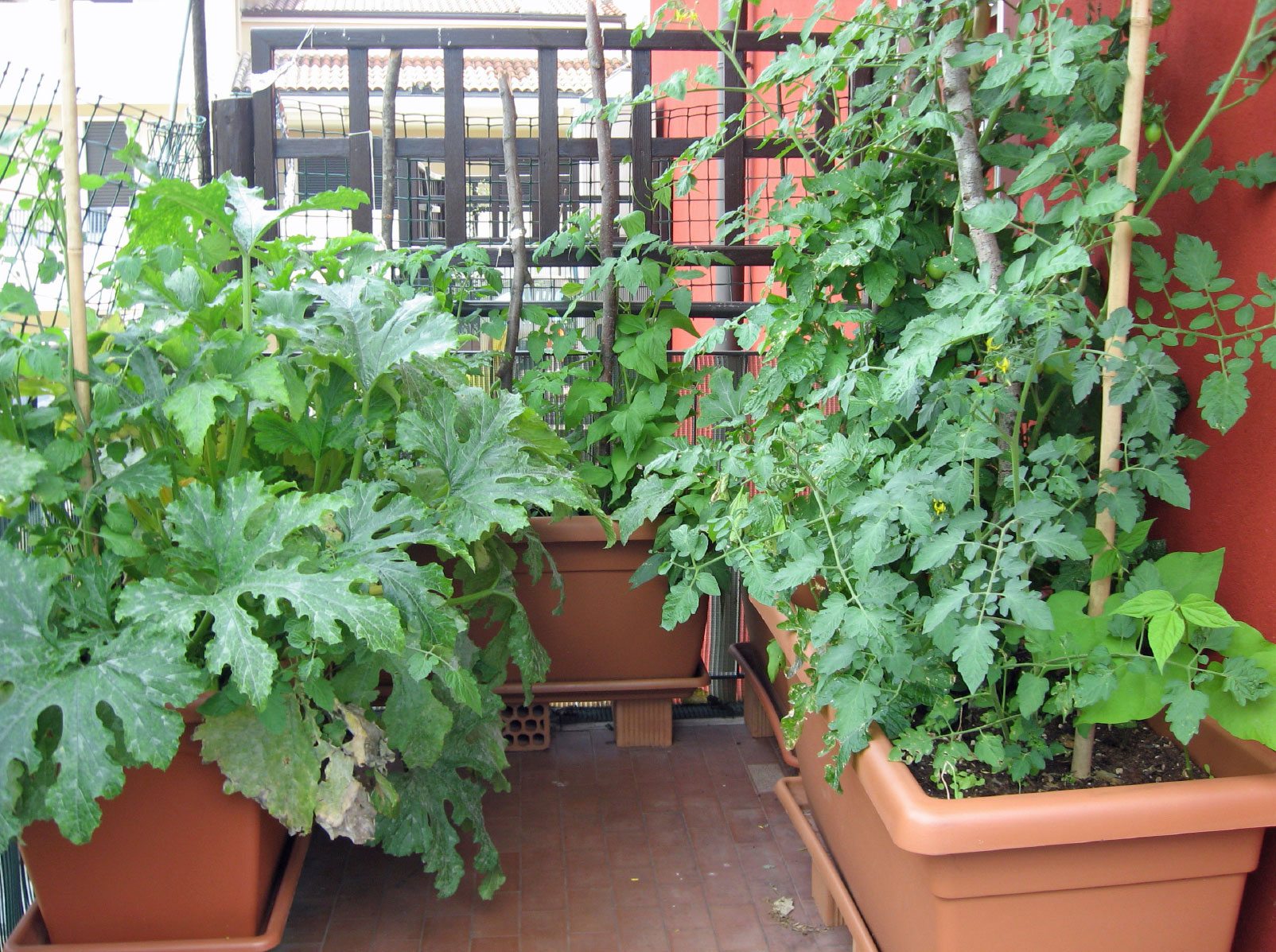
Credit: www.gardeningknowhow.com
Frequently Asked Questions For How To Grow Vegetables At Home Rooftop In Pots
What Are The Best Vegetables To Grow On A Rooftop In Pots?
Choose compact varieties like cherry tomatoes, peppers, lettuce, and herbs for a successful rooftop garden.
How Much Sunlight Do Rooftop Vegetables Need?
Most vegetables need at least 6 hours of direct sunlight daily for healthy growth and bountiful harvests.
What Type Of Soil Is Best For Rooftop Vegetable Containers?
Opt for lightweight, well-draining soil mixes rich in organic matter to ensure proper root aeration and water retention.
How Can I Protect Rooftop Vegetables From Pests And Birds?
Use physical barriers like netting, row covers, and companion planting to deter pests and birds without harming the environment.
Conclusion
Now, you have all the essential knowledge to successfully grow vegetables on your rooftop in pots. By following the tips and techniques mentioned in this blog post, you can create your own green oasis and enjoy the satisfaction of organic, homegrown vegetables.
Remember to choose suitable plants, provide proper care, and optimize your rooftop space for maximum growth. Start your urban gardening adventure and reap the rewards of fresh and nutritious produce right at home. Happy gardening!


